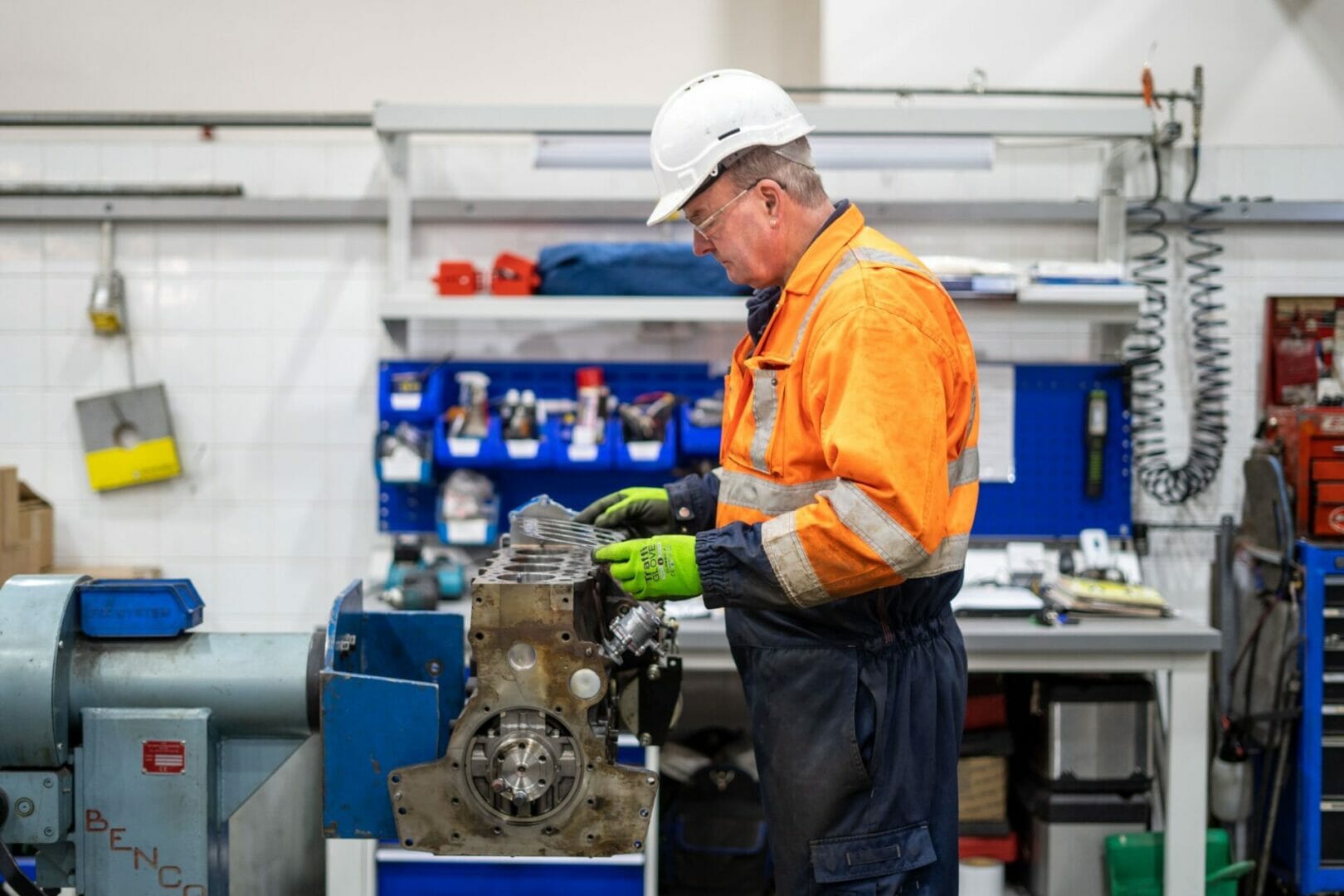Engines are like your favourite pair of boots — they are made to be used. But, when it’s not in use, operators must ensure their engine is maintained properly. If left unused for extended periods, problems can start to develop and prevent the engine from working efficiently. Here, Keith Brown, Technical Manager at DiPerk Power Solutions provides tips on how to maintain your machine.
Some machines are only used at certain times. For example, a combine harvester will only operate during the harvest, and a stand-by generator only runs during mains outages. While these machines are not constantly running, operators want to be sure that they will perform when the time comes to start them up again. By regularly maintaining idle engines, operators can reduce the risk of problems developing while they are not in use.
Regular checks
The fuel system is the heart of the engine, pumping the fuel your machine needs to run, so always take care in keeping it clean and installing new filters before starting it up again. Leaving biodiesel in the fuel system can attract moisture, bacteria and fungi that leads to problems when starting up the engine. Therefore, if it runs on biodiesel, it’s important to drain the tank before refilling it with clean diesel and allowing it to run for ten to 15 minutes to flush out the residual biodiesel.
Leaving a stored engine unattended for long periods increases the risk of contamination from nature. For example, if condensation collects in the machine, it can cause corrosion. One way to prevent this is topping-up the cooling and oil reservoirs, which leaves less room for condensation to collect. Insects, animals and water can also get into the engine while it’s not running and cause issues — covering the exhaust and air inlet openings helps to combat this.

If batteries are still connected while the machine is not in use, they can discharge, so it’s always important to disconnect them first. Disconnecting also helps to deter theft when the equipment is left unattended for long periods of time in remote locations.
Starting up
Before using the machine again, there some key tasks to perform to ensure the engine will work efficiently. Changing the engine oil and filters prevents condensation reacting with contaminants in the used oil. When connecting the batteries and starting the engine, allow it stay idle for five to ten minutes to improve oil flow and the lubrication of critical components.
If the machine has wheels, check that the tyres have sufficient depth and no defects. If the tyres are under-inflated, it can increase fuel consumption and impact braking performance. It is also important to check that any lights on the machine are working properly. You can either ask a colleague for help or park in front of a reflective surface to see the lights — like you would when checking your car’s lights.
Just like you clean and polish your boots so that they look good when you take them out of the cupboard, regular maintaining stored engines ensures that they will perform efficiently when you need them.
For expert advice on how to effectively maintain your engine, visit the DiPerk website.








